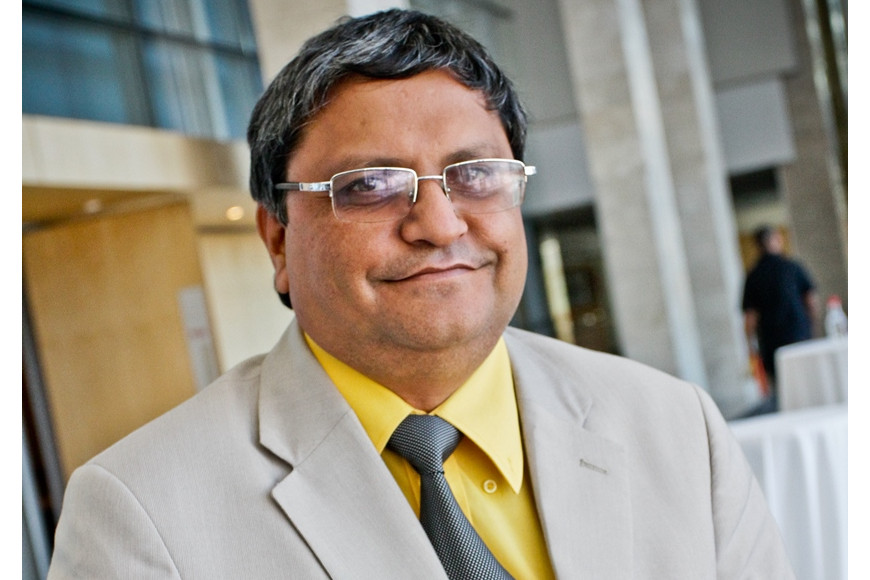That fascinating, pointless quirky phenomenon called Flashmobs. It finally happened. The lockdown has had me “snurfing”. Snurfing is the completely pointless act of “surfing the web” for no apparent reason. It is basically using the internet without a goal in mind. I found watching flashmobs to be a really decent way to snurf.
Google the delightfully poignant flashmob tribute to Nelson Mandela at a Woolworths store by the Soweto Choir and you will find this a good reason to surf! Type “Woolworth’s flashmob tribute to Nelson Mandela”.
A flashmob is a group of people who suddenly assemble in a public place and perform through song, dance or instruments for a brief time, then quickly disperse.
They do this for entertainment, satire, artistic expression, and now advertisements.
For spectators the assembly teases and excites, while the performers’ sudden dispersal confounds them.
In this case the Soweto Choir singers posed as shoppers and store workers before launching into a seemingly impromptu rendition of Asimbonanga, which means “We have not seen him”. The Johnny Clegg song was written during Mandela’s incarceration and calls for his release. This video went viral across the globe.
The mystery and allure for spectators occurs as it gradually dawns on them that the seemingly random event in front of them is in fact a deliberate, well-orchestrated event. Your curiosity is aroused, and you really want to know why this happened.
My favourite description is by Rebecca Walker, who wrote her delightful PhD on this phenomenon. A flashmob is where “Large numbers of people with no apparent political or social agenda began to gather en masse at a particular, seemingly random spot, and perform a short series of actions (dance, music or theatre) before quickly dispersing”. Where did flashmobs start? Cultural critic Bill Wasik wowed the world in 2003 with his MOB Project experiment during which the streets of New York City were flooded with seemingly random, albeit contrived, performances. These were soon labelled as “flash mobs or flashmobs” by both the participants and media.
The biggest flashmob? Nearly 14 000 people converged in Mexico City in 2009 to perform a choreography of Michael Jackson’s hit Thriller. It occurred on what would have been his 51st birthday.
In 2012 more than 50 000 people in 300 cities across the US broke out in song and dance at the exact same time, setting the world record for the largest simultaneous virtual flashmob. And South Africa?
The best flashmob for me occurred in Port Elizabeth. The Friendly City lived up to its moniker when the choir from the enterprising Nelson Mandela University (NMU) wowed shoppers on a typically busy Saturday morning at the food court of a local mall in 2013.
NMU is headed by seasoned academic and one of my mentors Professor Derrick Swartz. You can view this if you Google “South Africa’s 10 greatest flashmobs”.
Flashmobs have become quite popular for endearing engagement and marriage proposals and for tributes to colleagues who are about to retire.
Used sparingly, a flashmob is an engaging manner to draw attention to your cause or your product.
The point of this contribution is not about me snurfing, but to remind you to also share interesting facts when you do snurf.
Watch a few flashmobs, and they will change your mindset. Small wonder that Rebecca Walker got a PhD from this phenomenon. Flashmobs are so darn interesting, mostly because we just don’t get the point.
Thakur is the InSeta research chairperson in digitalisation and the KZN eSkills CoLab director at the Durban University of Technology. He writes in his personal capacity
Source Credit: Pretoria News 9 June 2020
(Available: https://www.pressreader.com/article/281689732045251)
Author: COLIN THAKUR
Pictured: Dr COLIN THAKUR


